Introduction
For centuries, board games have provided education, training in military tactics and strategy, and simple entertainment for countless individuals worldwide. In general, these games have involved face to face interactions among the participants and some sort of physical equipment such as a playing board, dice, and small game pieces. With the development of technology, the focus on gaming is shifting to the domains of Virtual Reality (VR), Augmented Reality (AR) development. Now, gamers can interact with one another and the game environment simply by opening their tablet or smartphone. Fantasy and realism are coming together in exciting ways that are making the virtual gaming experience faster, more realistic, and more playable in every way.
In addition, many artisans are now seeking ways to allow their devotees cheap and easy access to pieces of art. This desire has spurred a need to develop more immersive ways that their customers can interact with these pieces with a view to a purchase. For some this has meant the development of virtual store shelves which provide 3D data online to supplement photos and prose descriptions and for others it may be providing customers the option to order a 3D print of an item directly from their website.
The raw material for these items is a 3D digital scan. However, traditional 3D scanners have been limited in terms of their capabilities, ease of use, and affordability. Moreover, manual methods of data creation and manipulation have proven ungainly, inaccurate, costly, and aesthetically unpleasing. That is, until now.
This article discusses some of the challenges faced by those attempting to collect and use 3D scan data for the development of gaming assets and how the ARTEC MICRO 3D Scanner is well suited to addressing these challenges.
Challenges and Solutions
Small and Intricate
Game pieces are commonly small and contain a high level of intricate detail. Because of this, re-creation of attractive and valuable pieces requires a scanner that can resolve these details and the capability to capture data down in the ‘nooks and crannies’ of the part.
The ARTEC MICRO makes 3D scanning of small and intricate parts straightforward. With scanning resolution down to .03mm (.00118 in) in High-Definition mode, the system is capable of accurately collecting intricate detail on small parts. In addition, complex geometry such as folds of clothing, undercuts, and other small details can be more fully captured due to the MICRO’s ability to run pre-set or custom path plans where both rotation and tilt provide access to data in the toughest to see areas of a part.
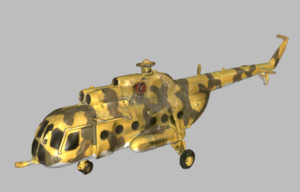
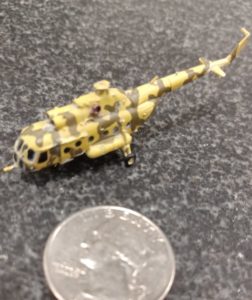
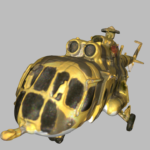
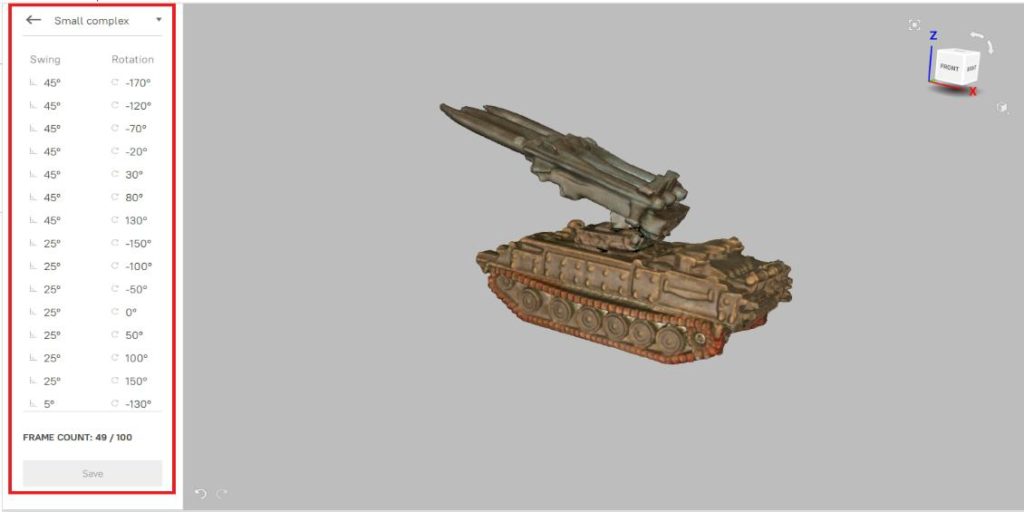
Assemblies
Fantasy miniatures and similar artifacts are frequently composed of several smaller parts. Essentially an assembly, these must be scanned as individual components which can then be re-assembled digitally to provide for animation or to show moveable features such as gates, hatches, gun turrets and the like in various positions.
The ARTEC STUDIO software which accompanies each Artec 3D scanner makes the job of digitally re-assembling these components easy. Multiple components can be imported into a project and then aligned to each other via features or to a global alignment scheme. The entire assembly can then be exported as a single entity.
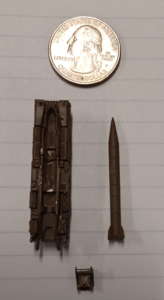
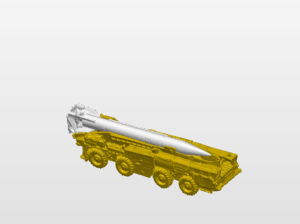
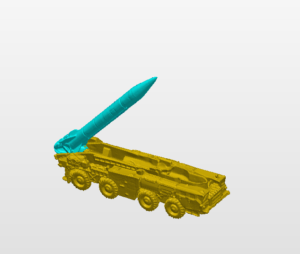
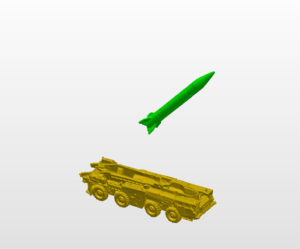
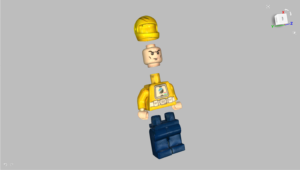
Color
Color is also very important. While color can, in many cases, be applied digitally to a scan, capture of native color is frequently necessary and desirable.
With the ARTEC MICRO, capture of color is as simple as clicking a button. The on-board color camera captures the color of a piece to high fidelity. Once the post-processing is done on the scan, color texture can be exported along with the mesh and will overlay the 3D model to a high degree of accuracy. In addition to the aesthetic benefit of having a colorized model, color texture often aids in registering scan data in the post processing stage, enhancing the accuracy and fidelity of the overall model.
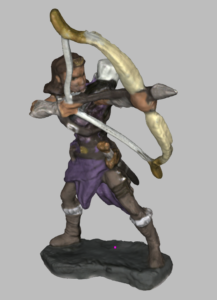
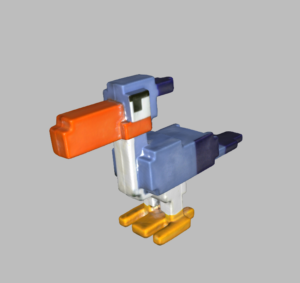
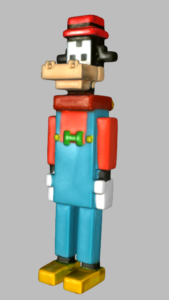
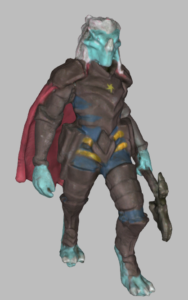
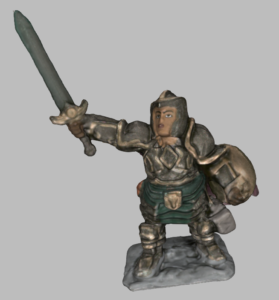
Watertight
For scan data to be useable for most applications downstream of scanning, the data must be delivered as a watertight mesh of some sort.
As mentioned above, the primary output of a project will be a watertight mesh (.STL, .OBJ, .WRL, etc…) and often a texture file in addition. In many cases, this output is ‘shovel ready’ for use in developing a virtual model or a 3D print. If reverse-engineering or other CAD applications are the desired goal, this type of output is readily accepted by exact-surfacing and CAD modeling applications such as SPACE CLAIM, GEOMAGIC DESIGN X, and other platforms.
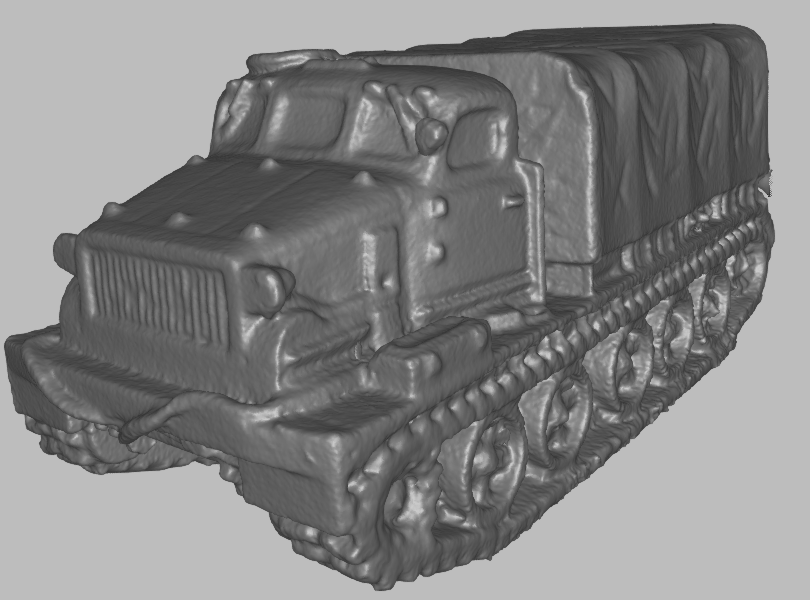
Cost-Effectiveness
Up until recently, accurate and simple to use scanning capabilities have been beyond the reach of many due to cost.
For its capabilities, the ARTEC MICRO/STUDIO package is perhaps the most cost-effective system available today. Not only does it combine a high degree of accuracy with ease of use and maintenance, it does so with a price tag of as little as 1/10th that of metrology-grade, CMM-based systems, making it a clear choice for serious hobbyists, entrepreneurs, and other professionals.
Summary
The ARTEC MICRO/STUDIO system provides an excellent solution for a game developer or artisan wishing to create something more from their piece than a color photograph.
Step by step, we have demonstrated how the MICRO system can overcome the basic challenges of collecting data on gaming figures and other pieces that is usable and timely. It is straightforward, accurate, and cost-effective for capturing both geometry and color for small, intricate game pieces affordably. With the ability to use ‘set it and forget it’, customizable path plans and features of ‘watertighting’ and aligning scans and assemblies, the usefulness of this system is hard to overstate.
Please reach out to us at LaserDesign to schedule your free, no obligation virtual demo today (with a real person, of course).
